Energy Conservation for Indoor Attractions Based on NRBO-LightGBM
Abstract
1. Introduction
2. Materials and Methods
2.1. System Framework
2.2. Basic LightGBM Model
2.3. NRBO-LightGBM
2.3.1. Noise Reduction
2.3.2. Bayesian Optimization
2.4. Dynamic Adaptive Adjustment
2.5. Data Analysis
2.5.1. Data Collection
2.5.2. Data Processing and Feature Engineering
3. Results
3.1. Experimental Area
3.2. Model Training
3.3. Trajectory Prediction Results
3.4. Energy Consumption Comparison
4. Discussion
Author Contributions
Funding
Institutional Review Board Statement
Informed Consent Statement
Data Availability Statement
Conflicts of Interest
References
- World Travel & Tourism Council. Available online: https://wttc.org/Research/Economic-Impact (accessed on 10 January 2022).
- Zhang, L.; Zhang, J. A systematic review on tourism energy consumption, sustainable tourism, and destination development: A behavioral perspective. In Transport and Energy Research; Elsevier: Amsterdam, The Netherlands, 2020; pp. 295–313. [Google Scholar]
- Breiby, M.A.; Duedahl, E.; Øian, H.; Ericsson, B. Exploring sustainable experiences in tourism. Scand. J. Hosp. Tour. 2021, 20, 335–351. [Google Scholar] [CrossRef]
- Huang, K.; Sun, W.; Feng, G.; Wang, J.; Song, J. Indoor air quality analysis of 8 mechanically ventilated residential buildings in northeast China based on long-term monitoring. Sustain. Cities Soc. 2020, 54, 101947. [Google Scholar] [CrossRef]
- Egger, R. Machine Learning in Tourism: A Brief Overview. In Applied Data Science in Tourism; Springer: Cham, Switzerland, 2022; pp. 85–107. [Google Scholar] [CrossRef]
- Leung, R.; Vu, H.Q.; Rong, J.; Miao, Y. Tourists visit and photo sharing behavior analysis: A case study of Hong Kong temples. In Information and Communication Technologies in Tourism; Inversini, A., Schegg, R., Eds.; Springer: Cham, Switzerland, 2016; pp. 197–209. [Google Scholar]
- Zhong, L.; Yang, L.; Rong, J.; Kong, H. A Big Data Framework to Identify Tourist Interests Based on Geotagged Travel Photos. IEEE Access 2020, 8, 85294–85308. [Google Scholar] [CrossRef]
- Moghtasedi, S.; Muntean, C.I.; Nardini, F.M.; Grossi, R.; Marino, A. High-Quality Prediction of Tourist Movements Using Temporal Trajectories in Graphs. In Proceedings of the 2020 IEEE/ACM International Conference on Advances in Social Networks Analysis and Mining (ASONAM), Hague, The Netherlands, 7–10 December 2020; pp. 348–352. [Google Scholar]
- Crivellari, A.; Beinat, E. LSTM-Based Deep Learning Model for Predicting Individual Mobility Traces of Short-Term Foreign Tourists. Sustainability 2020, 12, 349. [Google Scholar] [CrossRef]
- Mikhailov, S.; Kashevnik, A. Car Tourist Trajectory Prediction Based on Bidirectional LSTM Neural Network. Electronics 2021, 10, 1390. [Google Scholar] [CrossRef]
- Shafqat, W.; Byun, Y.-C. A Context-Aware Location Recommendation System for Tourists Using Hierarchical LSTM Model. Sustainability 2021, 12, 4107. [Google Scholar] [CrossRef]
- Crivellari, A.; Beinat, E. Identifying Foreign Tourists’ Nationality from Mobility Traces via LSTM Neural Network and Location Embeddings. Appl. Sci. 2019, 9, 2861. [Google Scholar] [CrossRef]
- Xu, Y.; Zou, D.; Park, S.; Li, Q.; Zhou, S.; Li, X. Understanding the movement predictability of international travelers using a nationwide mobile phone dataset collected in South Korea. Comput. Environ. Urban Syst. 2022, 92, 101753. [Google Scholar] [CrossRef]
- Deng, B.; Xu, J.; Wei, X. Tourism Destination Preference Prediction Based on Edge Computing. Mob. Inf. Syst. 2021, 2021, 5512008. [Google Scholar] [CrossRef]
- Zheng, S.; Liu, Y.; Ouyang, Z. A machine learning-based tourist path prediction. In Proceedings of the International Conference on Cloud Computing and Intelligence Systems (CCIS), Beijing, China, 17–19 August 2016; pp. 38–42. [Google Scholar]
- Zhao, E.; Du, P.; Sun, S. Historical pattern recognition with trajectory similarity for daily tourist arrivals forecasting. Expert Syst. Appl. 2022, 203, 117427. [Google Scholar] [CrossRef]
- Friedman, J.H. Greedy function approximation: A gradient boosting machine. Ann. Stat. 2001, 29, 1189–1232. [Google Scholar] [CrossRef]
- Chen, T.; He, T.; Benesty, M.; Khotilovich, V.; Tang, Y.; Cho, H.; Chen, K. Xgboost: Extreme gradient boosting. In R Package Version 0.4-2; R Foundation for Statistical Computing: Vienna, Austria, 2015; Volume 1, pp. 1–4. [Google Scholar]
- Ke, G.; Meng, Q.; Finley, T.; Wang, T.; Chen, W.; Ma, W.; Ye, Q.; Liu, T.Y. Lightgbm: A highly efficient gradient boosting decision tree. In Proceedings of the Advances in Neural Information Processing Systems, Long Beach, CA, USA, 4–9 December 2017; p. 30. [Google Scholar]
- Liashchynskyi, P.; Liashchynskyi, P. Grid search, random search, genetic algorithm: A big comparison for NAS. arXiv 2019, arXiv:1912.06059. [Google Scholar]
- Letham, B.; Karrer, B.; Ottoni, G.; Bakshy, E. Constrained Bayesian Optimization with Noisy Experiments. Bayesian Anal. 2017, 14, 495–519. [Google Scholar] [CrossRef]
- Brochu, E.; Cora, V.M.; De Freitas, N. A tutorial on Bayesian optimization of expensive cost functions, with application to active user modeling and hierarchical reinforcement learning. arXiv 2010, arXiv:1012.2599. [Google Scholar]
- Bergstra, J.; Bardenet, R.; Bengio, Y.; Kégl, B. Algorithms for hyper-parameter optimization. In Proceedings of the Advances in Neural Information Processing Systems, Granada, Spain, 12–15 December 2011; p. 24. [Google Scholar]
- Wu, J.; Chen, X.Y.; Zhang, H.; Xiong, L.D.; Lei, H.; Deng, S.H. Hyperparameter optimization for machine learning models based on Bayesian optimization. J. Electron. Sci. Technol. 2019, 17, 26–40. [Google Scholar]
- Cui, W.; Cao, G.; Park, J.H.; Ouyang, Q.; Zhu, Y. Influence of indoor air temperature on human thermal comfort, motivation and performance. Build. Environ. 2013, 68, 114–122. [Google Scholar] [CrossRef]
- Perrone, V.; Shen, H.; Seeger, M.W.; Archambeau, C.; Jenatton, R. Learning search spaces for Bayesian optimization: Another view of hyperparameter transfer learning. In Proceedings of the Advances in Neural Information Processing Systems, Vancouver, BC, Canada, 8–14 December 2019; p. 32. [Google Scholar]
- Dong, H.; He, D.; Wang, F. SMOTE-XGBoost using Tree Parzen Estimator optimization for copper flotation method classi-fication. Powder Technol. 2020, 375, 174–181. [Google Scholar] [CrossRef]
- Ventilation for Acceptable Indoor Air Quality. Available online: https://www.ashrae.org/File%20Library/Technical%20Resources/Standards%20and%20Guidelines/Standards%20Addenda/62-2001/62-2001_Addendum-n.pdf (accessed on 22 January 2022).
- Alhudhaif, A. A novel multi-class imbalanced EEG signals classification based on the adaptive synthetic sampling (ADASYN) approach. PeerJ Comput. Sci. 2021, 7, e523. [Google Scholar] [CrossRef]
- Wan, F.; Guo, G.; Zhang, C.; Guo, Q.; Liu, J. Outlier Detection for Monitoring Data Using Stacked Autoencoder. IEEE Access 2019, 7, 173827–173837. [Google Scholar] [CrossRef]
- Taylor, S.J.; Letham, B. Forecasting at scale. Am. Stat. 2018, 72, 37–45. [Google Scholar] [CrossRef]
- Breiman, L. Random forests. Mach. Learn. 2001, 45, 5–32. [Google Scholar] [CrossRef]
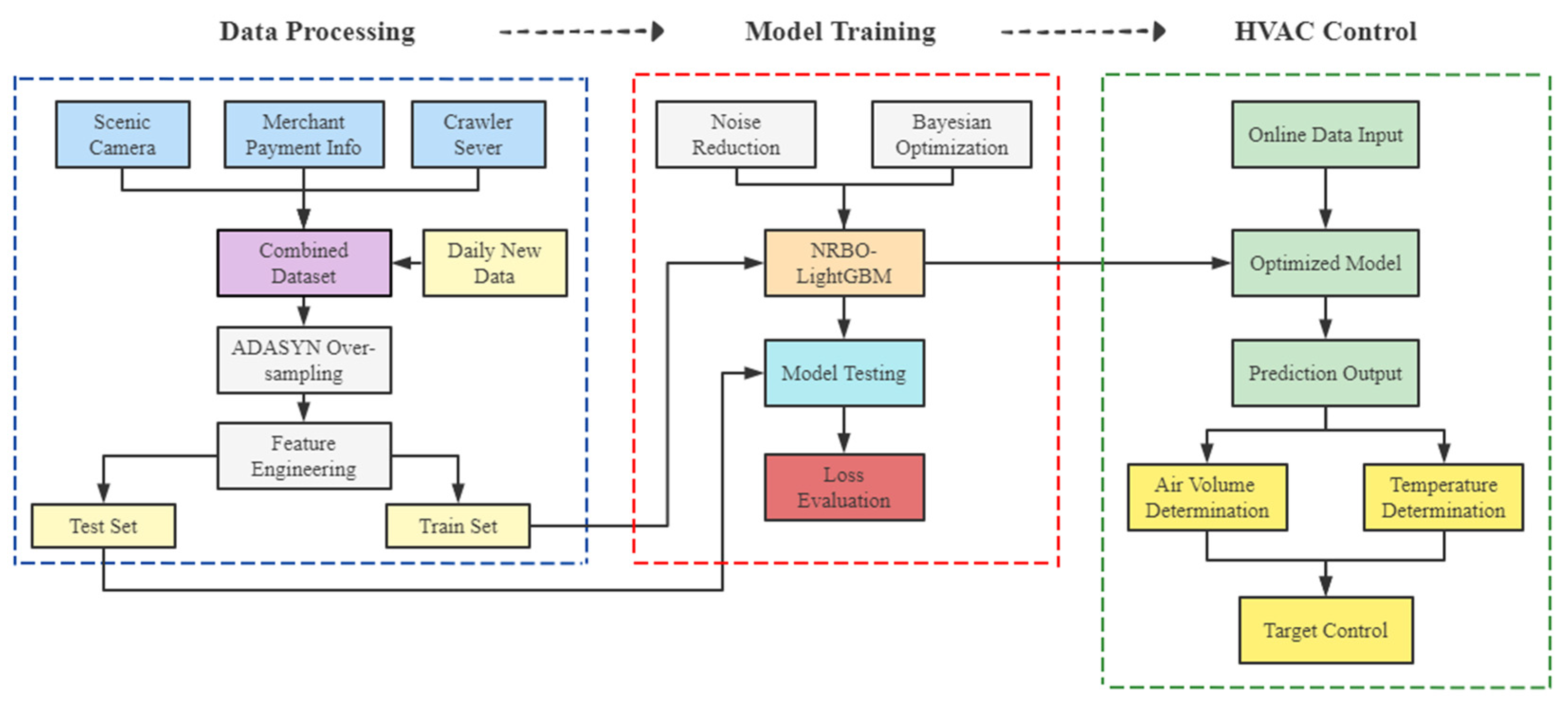

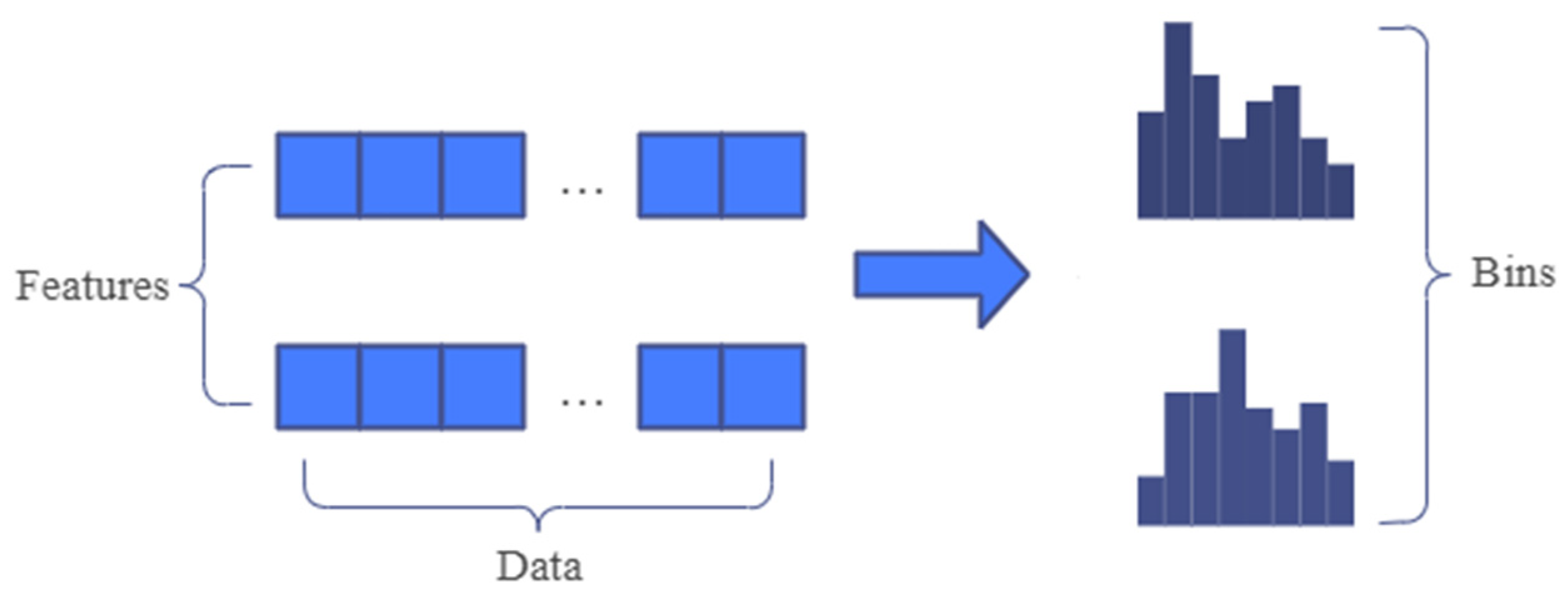

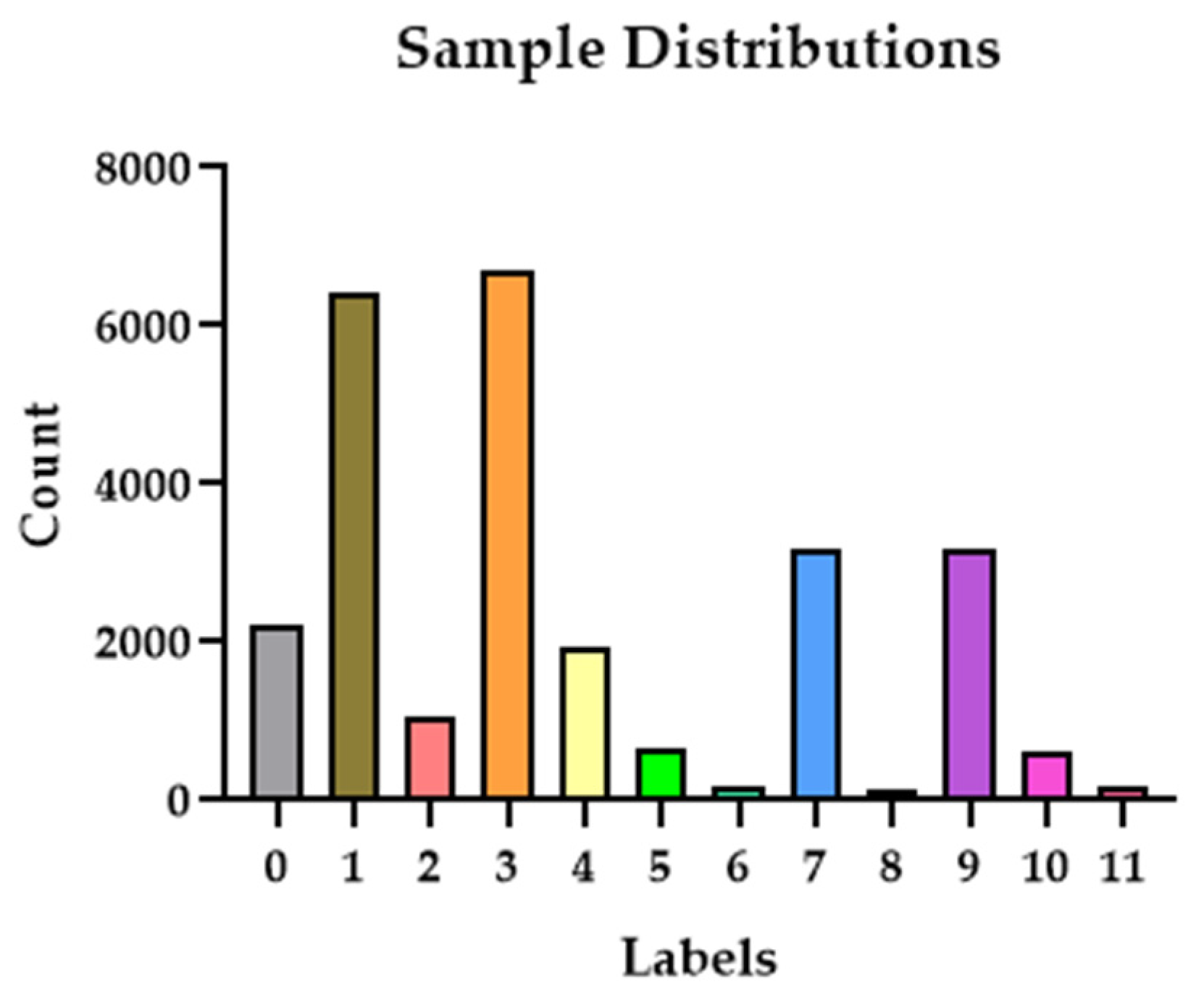


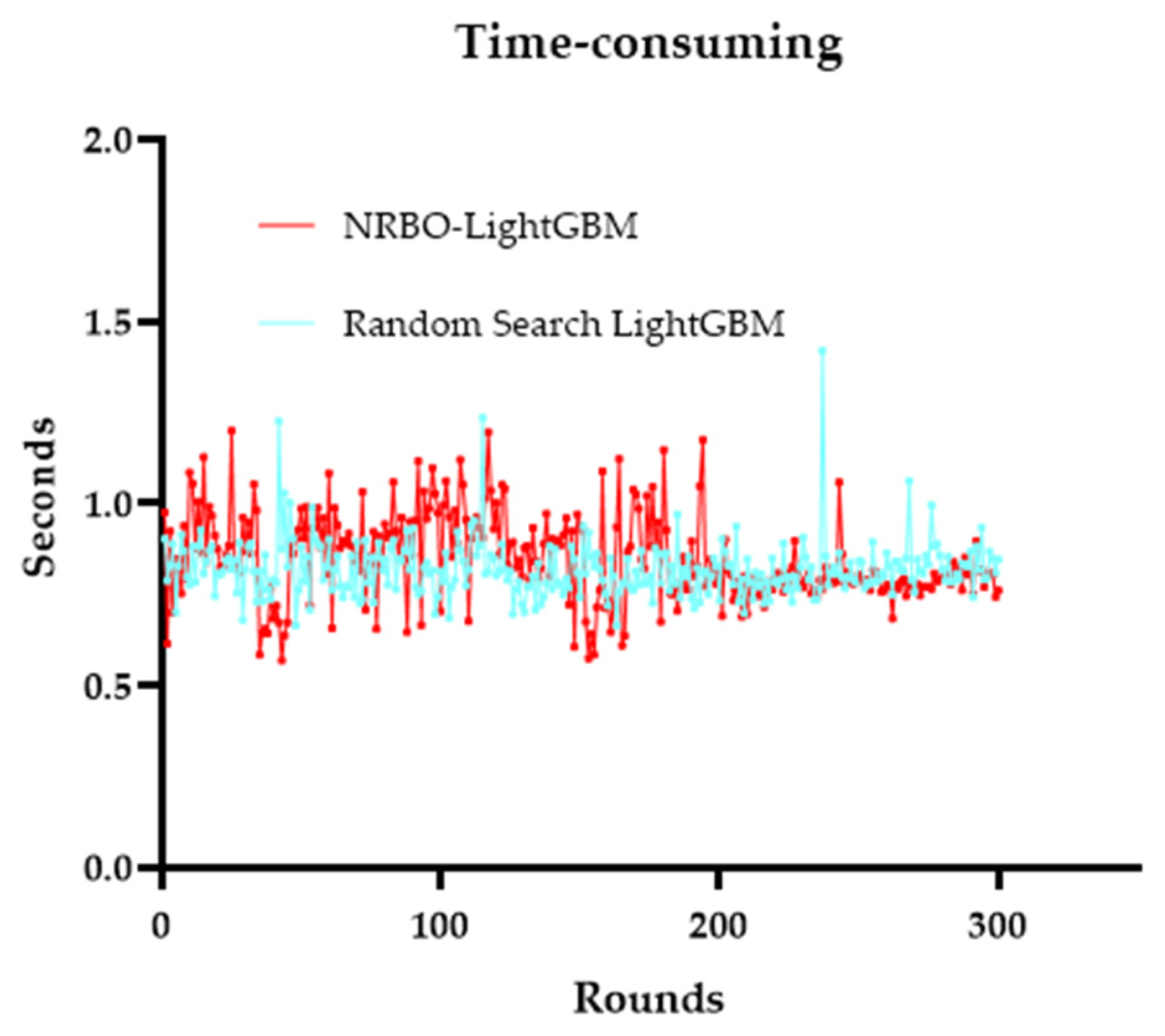

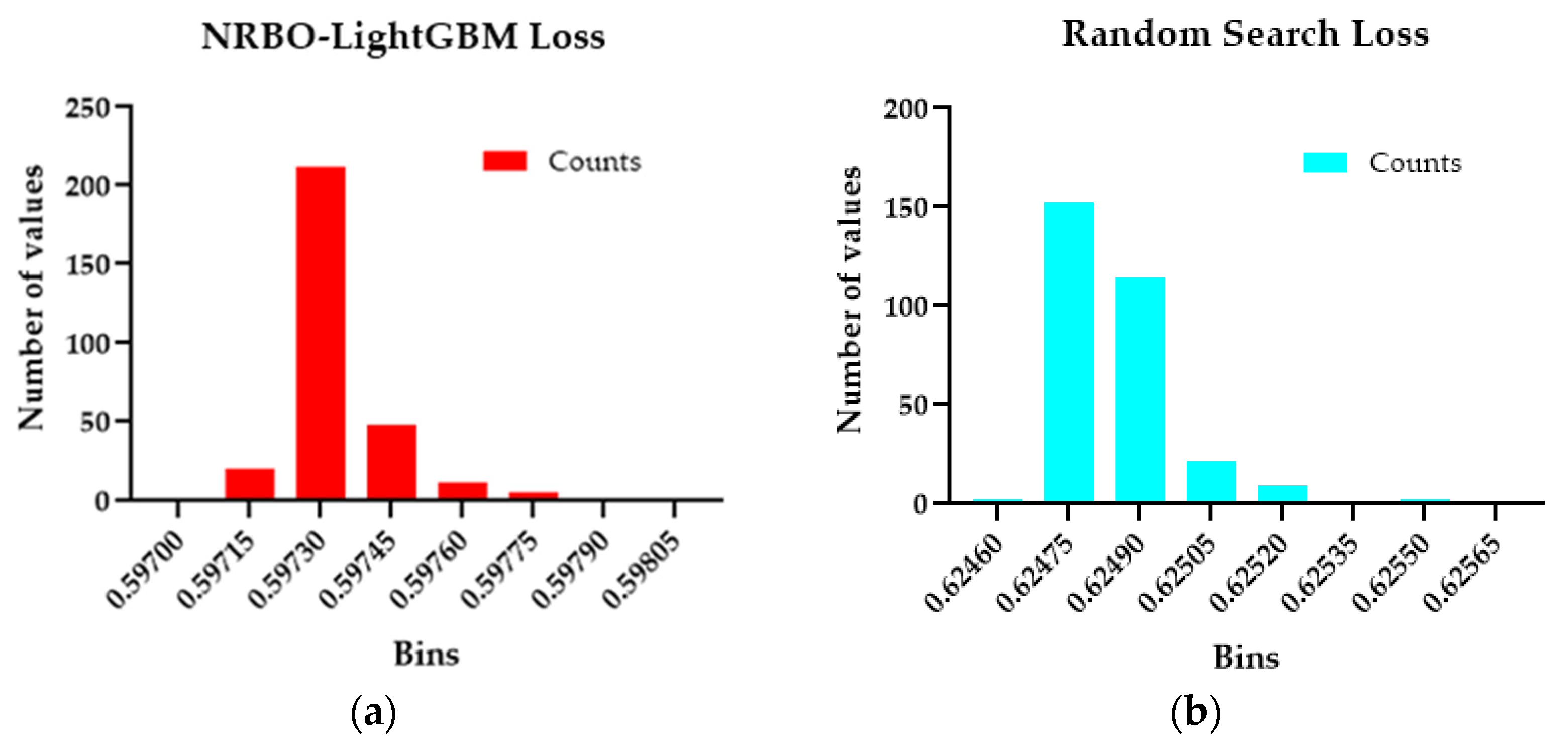
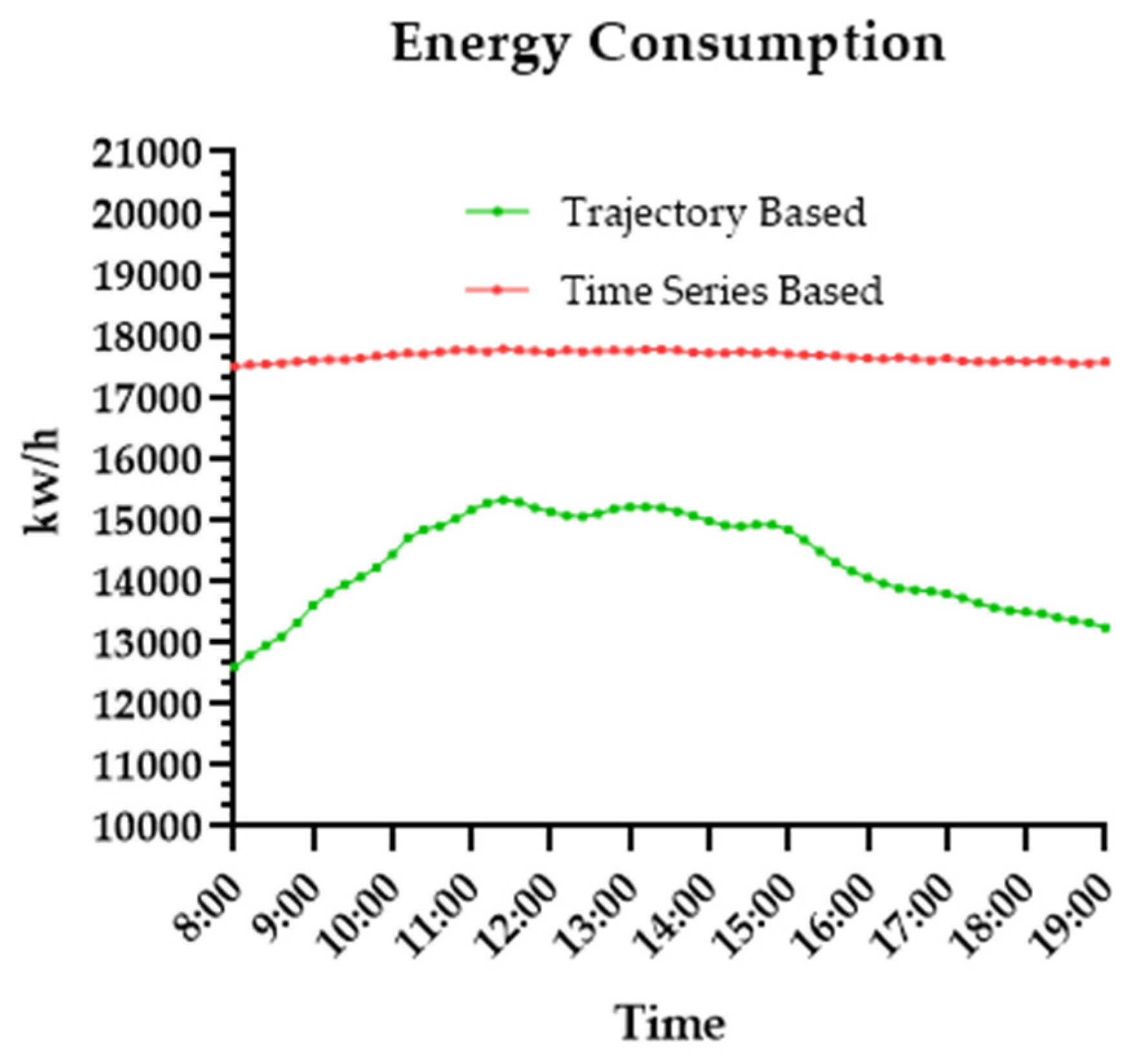
| Methods | Datasets | Limitations |
|---|---|---|
| P-DBSCAN clustering [6] | Geotagged photos from Flicker | Prerequisite of posted photos |
| Metadata processing and P-DBSCAN clustering [7] | Geotagged photos of Hong Kong | |
| Similarities of trajectory graph [8] | Tourist movement data in Italia and geotagged photos | Big data acquisition issue |
| LSTM neural network [9,10,11,12,13] | Phone call records; tourist car routes; tourism data of Jeju Island, etc. | Overfitting, memory- and time- consuming |
| Edge computing and multinomial logit model [14] | Tourist preference from questionnaires | The enhanced model exists, sensitive to environmental changes. |
| Traditional machine learning [15,16] | Tourist’s historical traveling data |
| Algorithms | Prior Function | Acquisition Function | Applicable Scope |
|---|---|---|---|
| BO | Gaussian process | Expected improvement | Low-dimensions |
| SMAC | Random forest regressor | Upper confidence bound | Discrete variable |
| TPE | Gaussian process | Expected improvement | High-dimensions |
| Rank | NRBO Loss | NRBO Time | RS Loss | RS Time |
|---|---|---|---|---|
| 1 | 0.597118 | 1.036272 | 0.624709 | 0.778372 |
| 2 | 0.597160 | 0.804573 | 0.624742 | 0.818155 |
| 3 | 0.597161 | 0.769298 | 0.62475 | 0.754016 |
| 4 | 0.597163 | 0.778566 | 0.624757 | 0.711813 |
| 5 | 0.597171 | 0.775609 | 0.624762 | 0.70055 |
| Parameters | Baseline (Default) | Random Search | NRBO |
|---|---|---|---|
| learning_rate | 0.1 | 0.08 | 0.13 |
| n_estimators | 20 | 59 | 49 |
| num_leaves | 31 | 68 | 150 |
| reg_alpha | 0 | 0.57 | 0.09 |
| subsample_for_bin | 200,000 | 180,000 | 200,000 |
| Scenic Spot | People | Proposed | People * | Time Series |
|---|---|---|---|---|
| Wax Museum | 231 | 6971.68 | 265 | 7651.68 |
| Culture and Creative Museum | 183 | 5544.48 | 233 | 6544.48 |
| Library | 74 | 2792.42 | 122 | 3752.42 |
| Art Museum | 98 | 3116.02 | 130 | 3756.02 |
| Internet Experience Hall | 145 | 4299.87 | 159 | 4579.87 |
| Artisan Elegance Collection | 84 | 4367.33 | 104 | 4767.33 |
| Studio Hall | 76 | 2937.59 | 110 | 3617.59 |
| Cultural Display Gallery | 144 | 4312.84 | 160 | 4632.84 |
| Heritage Street | 98 | 3280.42 | 136 | 4040.42 |
| Peony Flower Gallery | 242 | 7485.30 | 276 | 8165.30 |
| Gift Institute | 83 | 2619.96 | 133 | 3619.96 |
| Tourist Service Center | 26 | 1025.30 | 38 | 1265.30 |
| Total | 1484 | 48,753.21 | 1866 | 56,393.21 |
Publisher’s Note: MDPI stays neutral with regard to jurisdictional claims in published maps and institutional affiliations. |
© 2022 by the authors. Licensee MDPI, Basel, Switzerland. This article is an open access article distributed under the terms and conditions of the Creative Commons Attribution (CC BY) license (https://creativecommons.org/licenses/by/4.0/).
Share and Cite
Zhao, D.; Hu, Z.; Yang, Y.; Chen, Q. Energy Conservation for Indoor Attractions Based on NRBO-LightGBM. Sustainability 2022, 14, 11997. https://doi.org/10.3390/su141911997
Zhao D, Hu Z, Yang Y, Chen Q. Energy Conservation for Indoor Attractions Based on NRBO-LightGBM. Sustainability. 2022; 14(19):11997. https://doi.org/10.3390/su141911997
Chicago/Turabian StyleZhao, Debin, Zhengyuan Hu, Yinjian Yang, and Qian Chen. 2022. "Energy Conservation for Indoor Attractions Based on NRBO-LightGBM" Sustainability 14, no. 19: 11997. https://doi.org/10.3390/su141911997
APA StyleZhao, D., Hu, Z., Yang, Y., & Chen, Q. (2022). Energy Conservation for Indoor Attractions Based on NRBO-LightGBM. Sustainability, 14(19), 11997. https://doi.org/10.3390/su141911997





